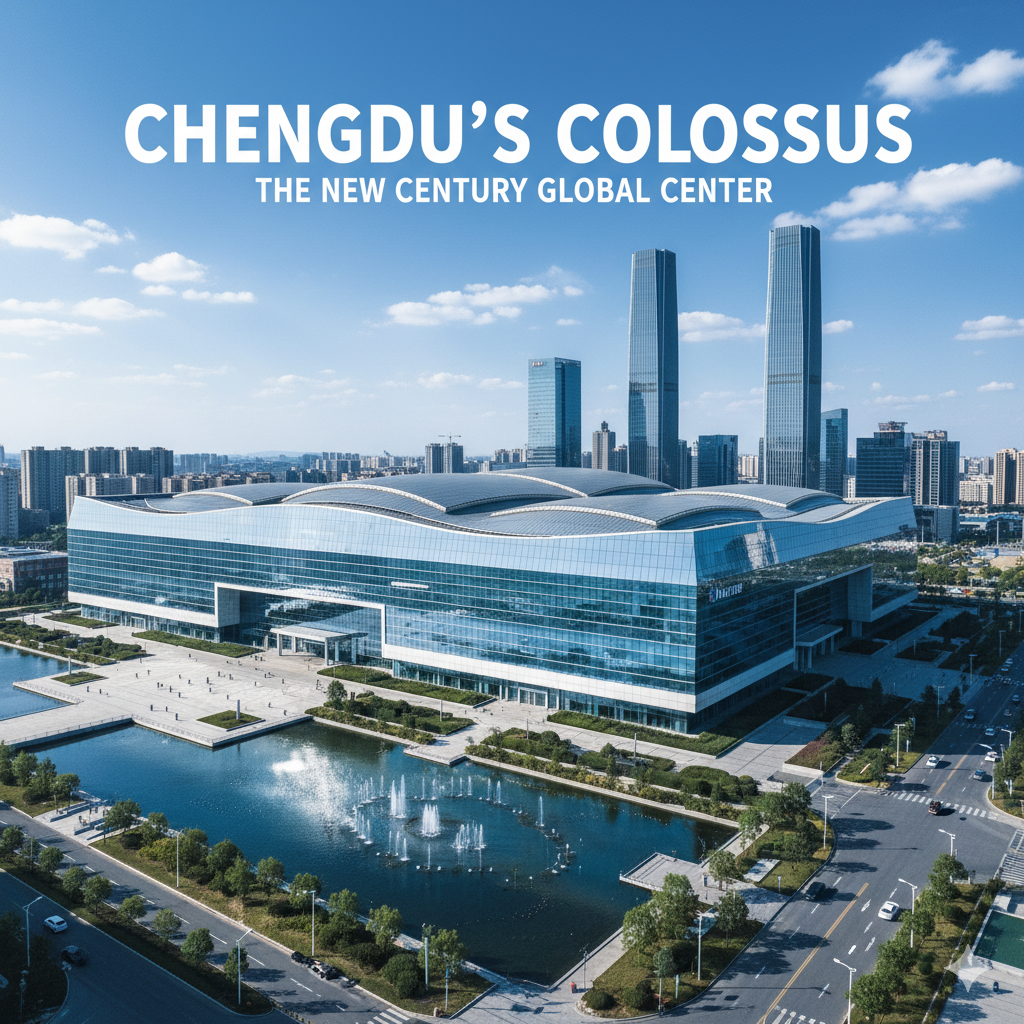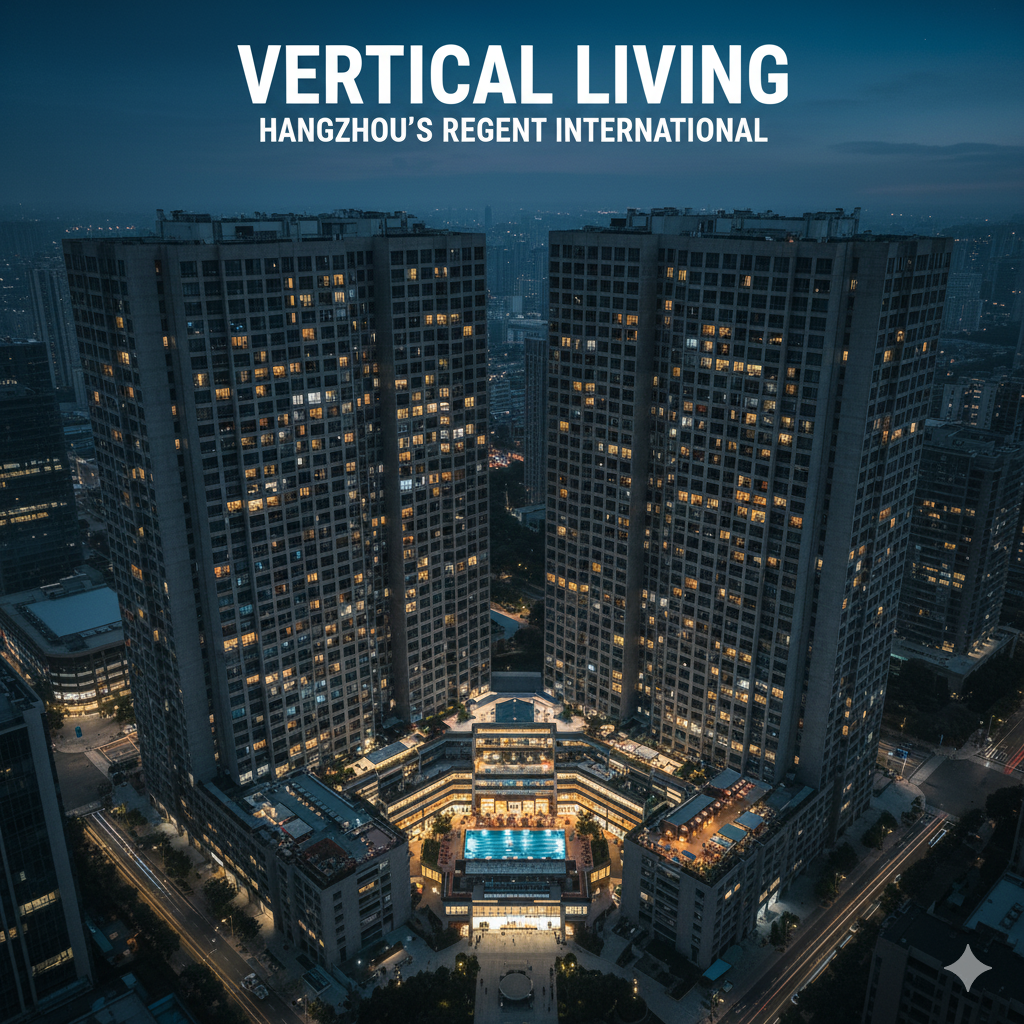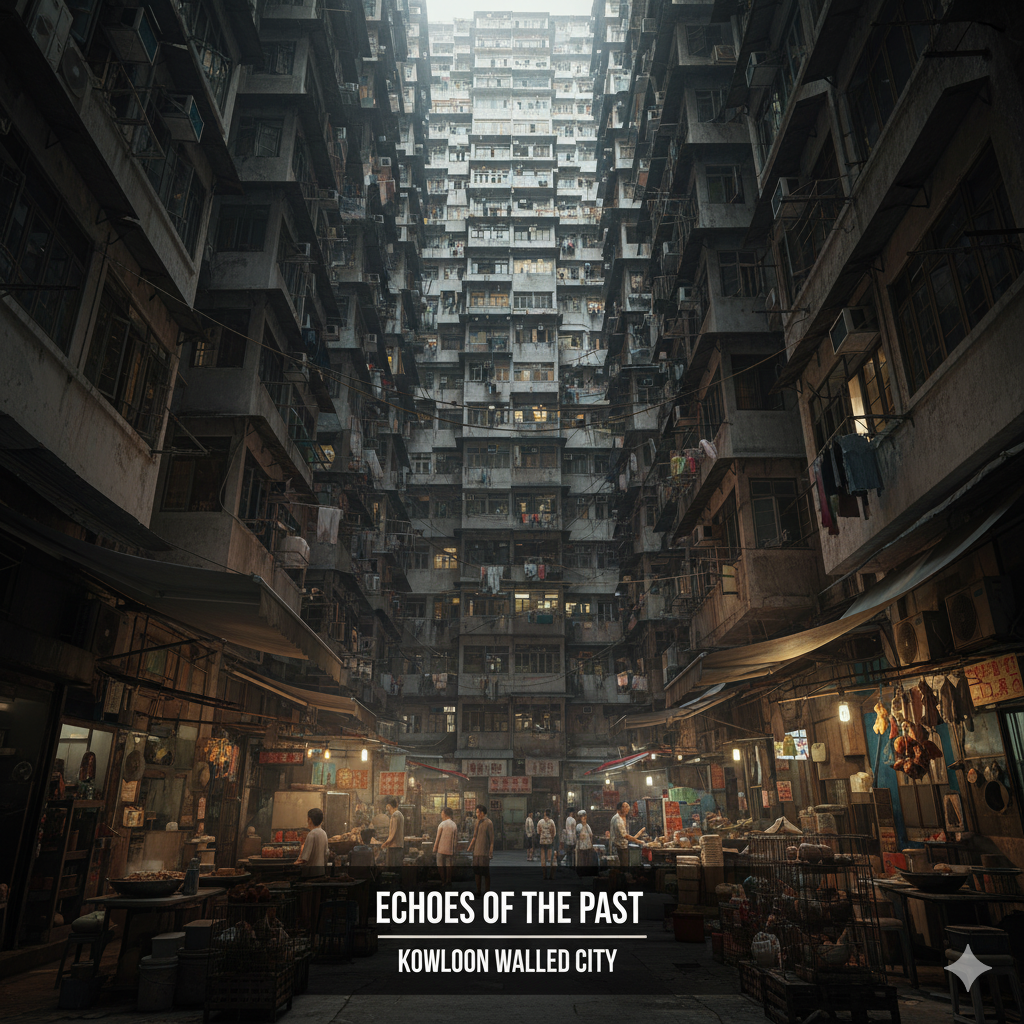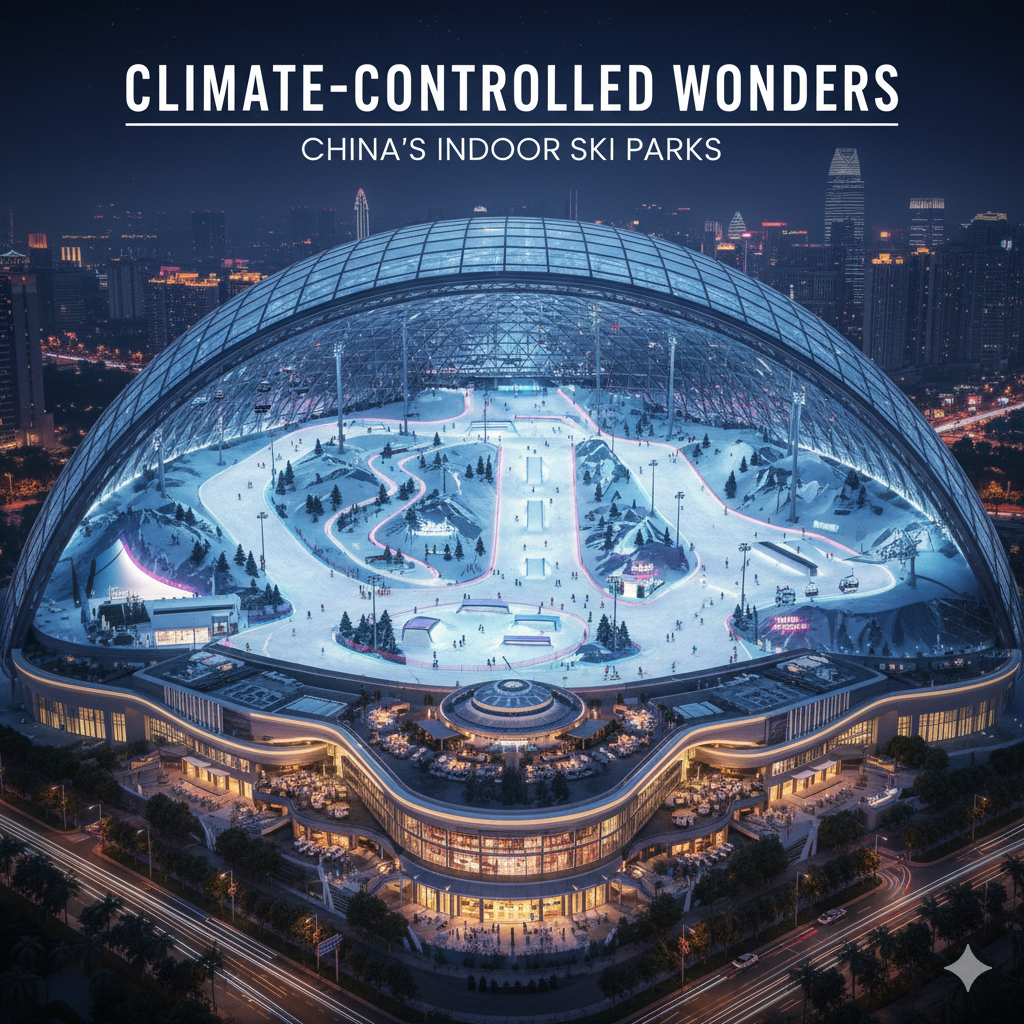Welcome to the Future: China’s Mega-Structures That Live Like Cities
Imagine a world where you never need an umbrella, where every shop, restaurant, and even a beach is just an elevator ride away, all within a single colossal building. While the dream of a fully enclosed, traditional “indoor city” might still be largely science fiction, China is at the forefront of constructing architectural marvels that function uncannily like them.
These aren’t just buildings; they’re self-contained ecosystems, miniature worlds where tens of thousands live, work, and play, largely oblivious to the weather outside. Get ready to step inside a future that’s already here.
Chengdu’s Colossus: The New Century Global Center

AI generated for reference only
Standing in Chengdu, Sichuan province, is the New Century Global Center – an edifice so vast it holds the Guinness World Record for the largest single building by floor area. To call it a “building” feels like an understatement; it’s an entire universe under one roof.
Larger than 20 Sydney Opera Houses, this glittering structure contains everything you could imagine: sprawling shopping malls, multiple office complexes, two 5-star hotels, an Olympic-sized ice rink, and its crown jewel – a massive indoor water park called Paradise Island, complete with an artificial beach, a 400-meter coastline, and an enormous LED screen simulating sunsets and sunrises.
The temperature is perpetually balmy, creating an eternal summer paradise for its thousands of daily visitors and residents. It’s a testament to human ingenuity, crafting a micro-climate immune to the outside world.
Vertical Living: Hangzhou’s Regent International

AI generated for reference only
When most people imagine a city, they think horizontal. But in Hangzhou, the Regent International flips that concept on its head, creating a sprawling vertical city. This colossal apartment complex, originally designed as a luxury hotel, now houses an estimated 20,000 to 30,000 residents – a population size rivaling many small towns.
What makes it a true “city within a building” is its incredible self-sufficiency. Within its towering walls, residents have access to everything they could possibly need: vast supermarkets, an astonishing variety of restaurants from fast food to gourmet dining, hair and nail salons, fully equipped gyms, and even swimming pools. For those living there, daily errands and social lives can unfold entirely within the building, making the external urban landscape almost optional.
Echoes of the Past: Kowloon Walled City

AI generated for reference only
Not every “indoor city” is a gleaming, modern marvel. The legendary Kowloon Walled City in Hong Kong (though now demolished) offers a fascinating, if chaotic, glimpse into extreme urban density. Not purpose-built as an “indoor” environment, its organic, haphazard growth over decades created a massive, interconnected labyrinth. Buildings were stacked upon one another, often without architects or government oversight, forming a single, sprawling super-structure.
Sunlight rarely pierced the lower levels, and a network of precarious walkways and internal passages linked thousands of homes and businesses. At its peak, over 33,000 people lived in an area smaller than 6.5 acres, creating a truly unique, self-contained world that felt perpetually indoors. It was a dense, self-governing entity that showcased humanity’s incredible adaptability and ingenuity under extreme conditions.
The Rise of Climate-Controlled Worlds

AI generated for reference only
China’s ambition for indoor environments extends even further into specialized climate-controlled resorts. Massive indoor ski parks, like the popular Harbin Wanda Indoor Ski and Winter Sports Resort, and others planned for subtropical regions near Shenzhen and Shanghai, bring year-round winter sports to areas where natural snow is unheard of.
These are not just slopes but comprehensive entertainment complexes, often including hotels, dining, and other attractions, creating entire artificial winter worlds for leisure and sport.
What Does This Mean for the Future?
These incredible structures in China are more than just architectural feats; they represent a bold vision for urban living. They address challenges like population density, extreme weather, and the relentless pursuit of convenience.
While the sci-fi dream of entire cities under one dome might still be on the horizon, these Chinese mega-structures show us that the line between a “building” and a “city” is blurring rapidly. They offer a captivating glimpse into how we might live, work, and play in increasingly self-contained, technologically advanced environments in the decades to come.
What do you think of these indoor worlds? Would you want to live in one?
